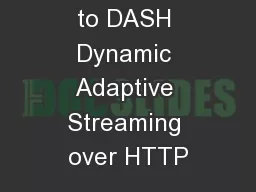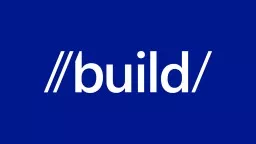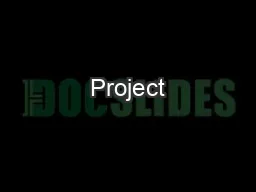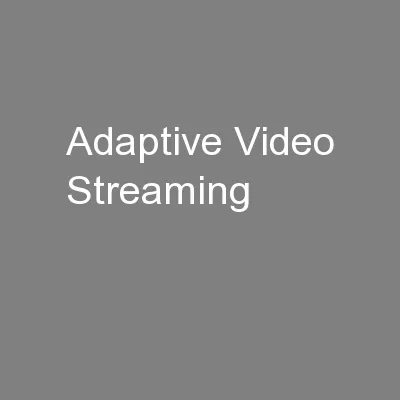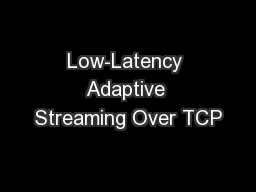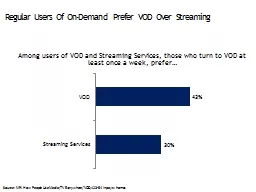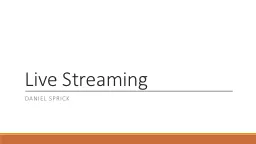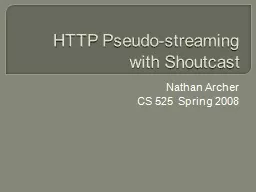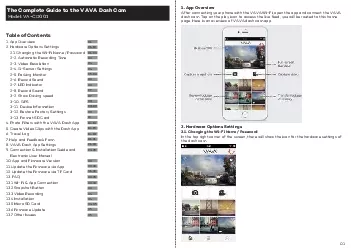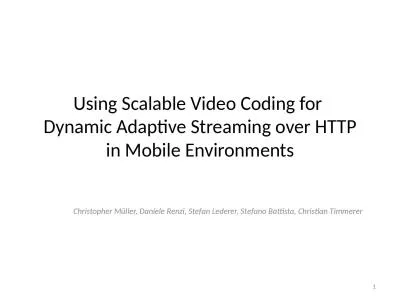PPT-Introduction to DASH Dynamic Adaptive Streaming over HTTP
Author : pasty-toler | Published Date : 2018-03-09
Dynamic Adaptive Streaming over HTTP DASH Christian Timmerer and Christopher Müller AlpenAdria Universität Klagenfurt AAU Faculty of Technical Sciences TEWI
Presentation Embed Code
Download Presentation
Download Presentation The PPT/PDF document "Introduction to DASH Dynamic Adaptive St..." is the property of its rightful owner. Permission is granted to download and print the materials on this website for personal, non-commercial use only, and to display it on your personal computer provided you do not modify the materials and that you retain all copyright notices contained in the materials. By downloading content from our website, you accept the terms of this agreement.
Introduction to DASH Dynamic Adaptive Streaming over HTTP: Transcript
Download Rules Of Document
"Introduction to DASH Dynamic Adaptive Streaming over HTTP"The content belongs to its owner. You may download and print it for personal use, without modification, and keep all copyright notices. By downloading, you agree to these terms.
Related Documents

